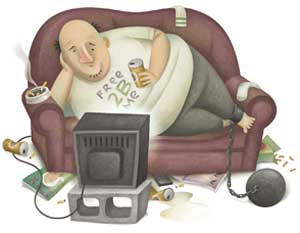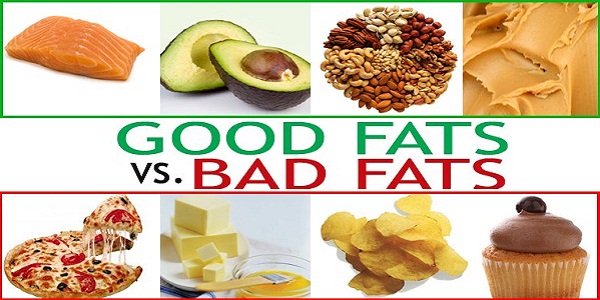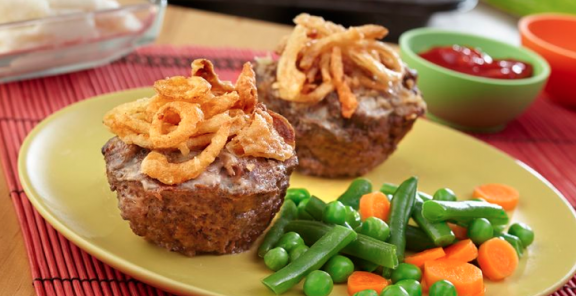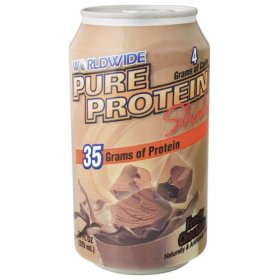How Carbohydrates Work
Carbs (carbohydrates) are responsible for providing the body with the energy it needs to perform all its functions. Basically, they are responsible for powering the engine of the body. This is achieved when the carbs are broken down into glucose; the form in which they can be absorbed into the body. Low intake of carbs can lead the body to a condition called ketosis. This is where it lacks the ability to break down fats into energy and therefore leaving the individual to be weak, feeble, dehydrated and nauseated. Therefore, it is very important to consume the right levels and types of carbs.
Types Of Carbohydrates
There are two broad types of carbs, namely complex carbohydrates and simple carbohydrates. Complex carbohydrates are called so because they have a complex chain which takes more processes and energy for the body to break down. They are also called good carbohydrates and they include the type of carbs obtained from whole grains, vegetables, fruits, legumes and nuts. Simple carbohydrates are called so because they are in their simplest form possible and do not need any more breaking down before the body absorbs them. They are also called bad carbohydrates and they include the type of carbs obtained from sugar, sweet soft drinks and candy. This article deals with good carbs.
Good Carbohydrates Examples
Examples of good carbs are outlined below.
1. Whole grains
Whole grain products are starch products. Apart from the starch which is converted to absorbable glucose (for energy), they also have multiple nutritional values that include fiber, phytonutrients and a number of minerals. The minerals contained in these types of carbs are responsible for a number of functions that include coordination of messages in the body. The fiber contained in whole grains is the soluble type which reduces the amount of cholesterol and it has been found to reduce chances of heart attack, cancer and even diabetes. Phytonutrients are the natural chemical components of whole grains. They are multiple in number and are responsible for enhancing the body’s ability to fight diseases. Examples of whole grains are whole rye, whole rice, millet, whole barley and whole corn.
2. Fruits and vegetable
Fruits and vegetables contain high value complex carbs whose roles and importance have already been explained. They are also rich in vitamins, fiber and proteins. The vitamins are responsible for transporting glucose from carbs and other nutrients to all the parts of the body. In addition, they ensure that oxygen is supplied in all body tissues and cells. They have extremely low fat content and this makes them good for avoiding cardiovascular and other cholesterol related illnesses. There are many examples of fruits and vegetables. Some few include apples, oranges, mangoes, kales and carrots.
3. Legumes
Legumes are rich in carbs but richer in proteins. The reason why they are part of the best complex carbs is because their two major nutrients (carbs and proteins) are complements. The carbs are responsible for making the proteins soluble and thus easily absorbable. The most common legumes are beans.
Generally, good carbs are usually low on sugar content. This is what makes them good for managing Type 2 Diabetes since they cannot alter the level of blood sugar abruptly. Consuming the types of foods outlined above can enhance this and other roles of carbs in the body.
In our continuing effort to find and print good information, Carbaholics Anonymous would like to hear from you. If you have any ideas or interests, please go to top of page and click on contact us and leave a message. Thanks again for you loyalty.




